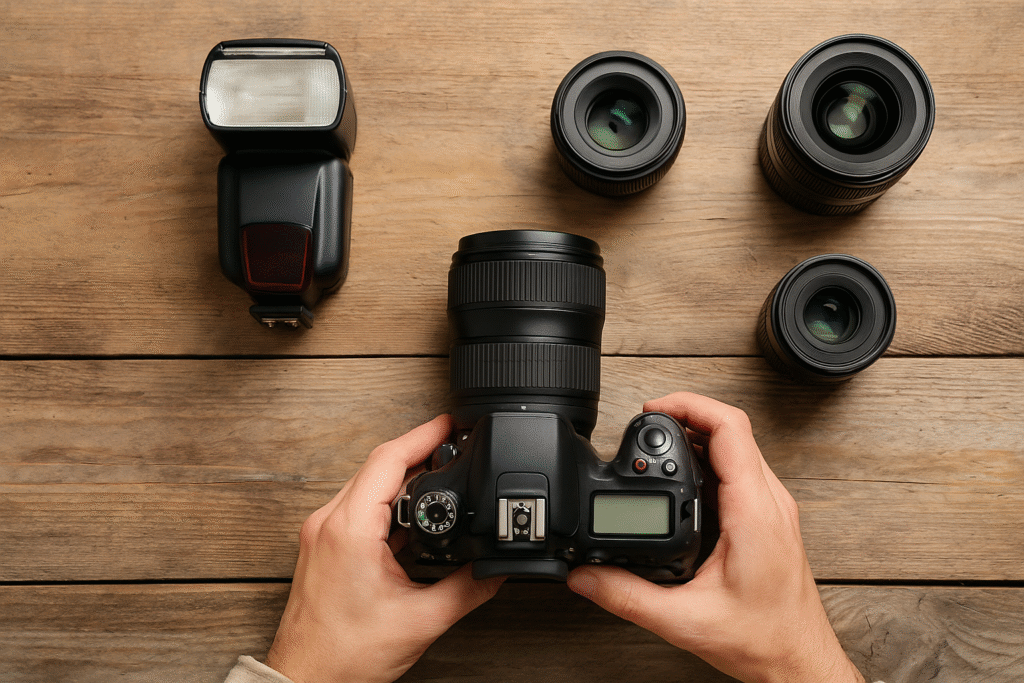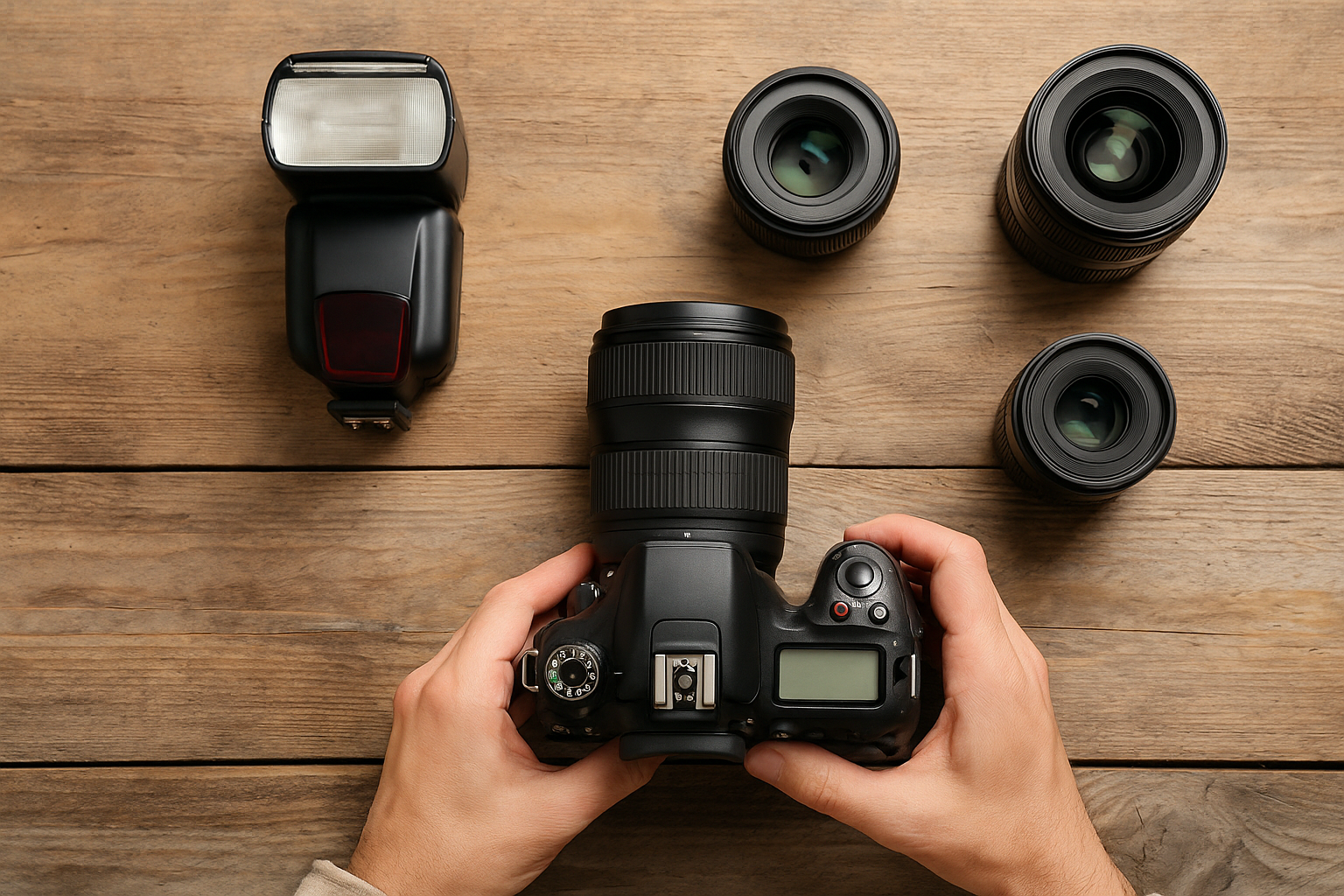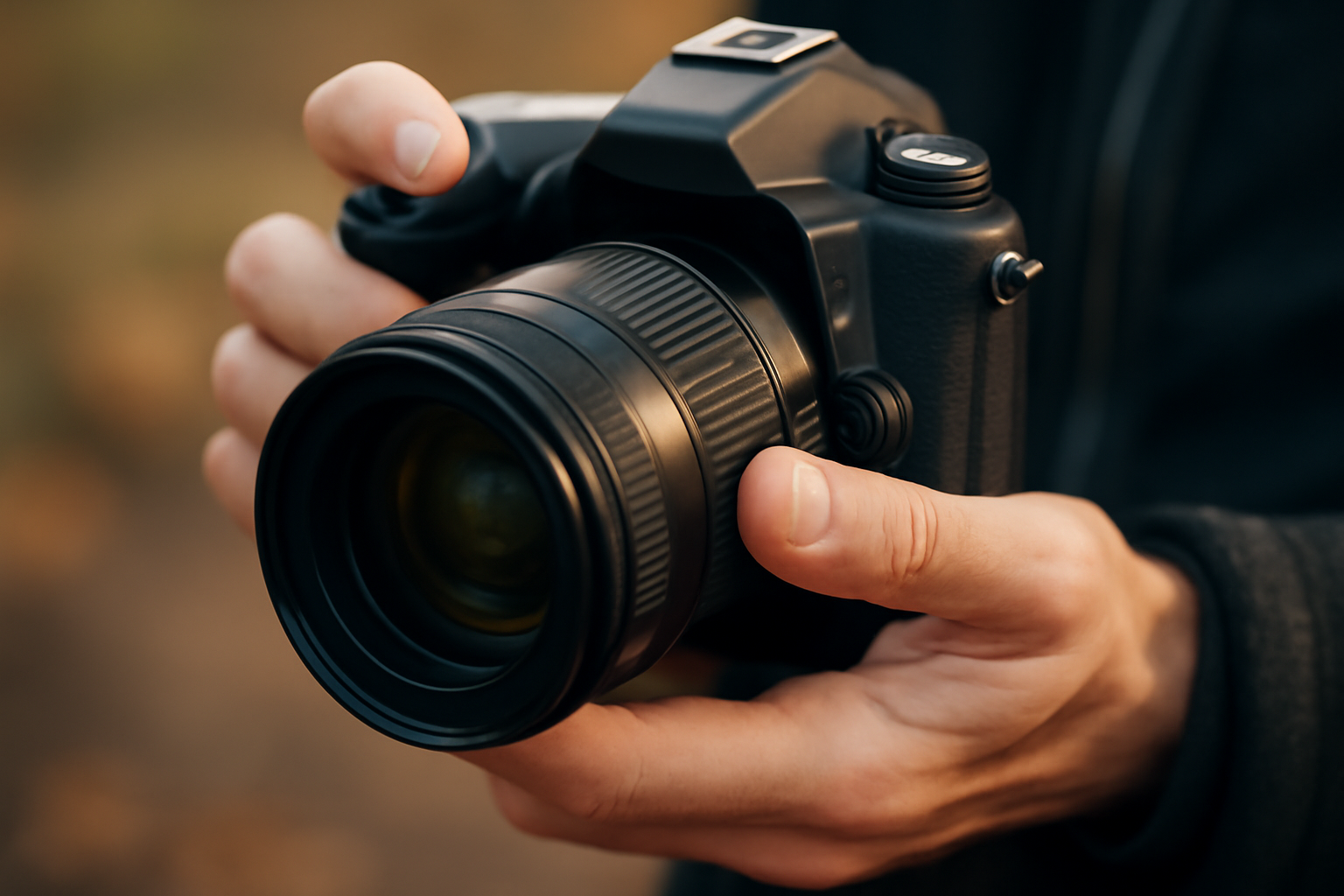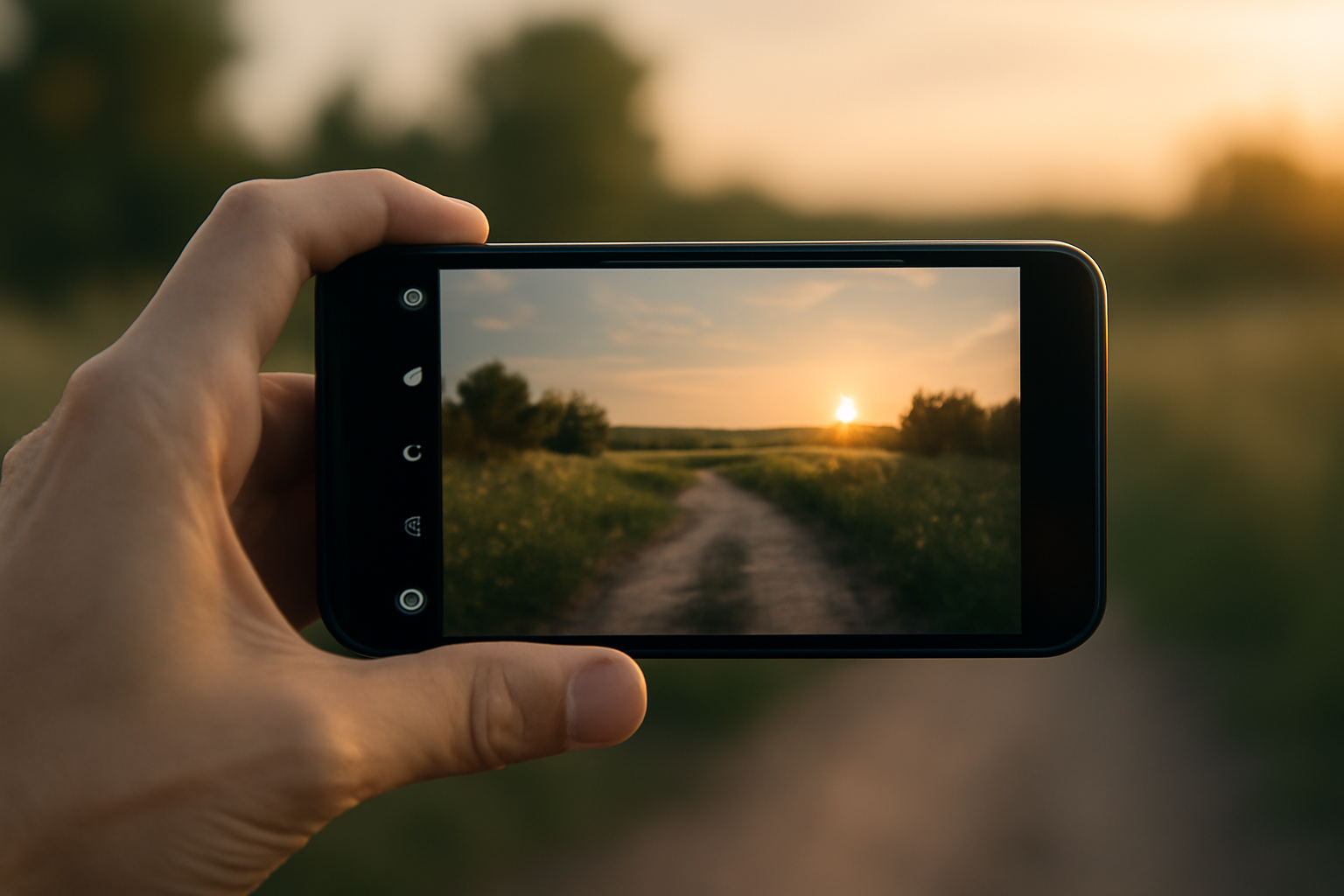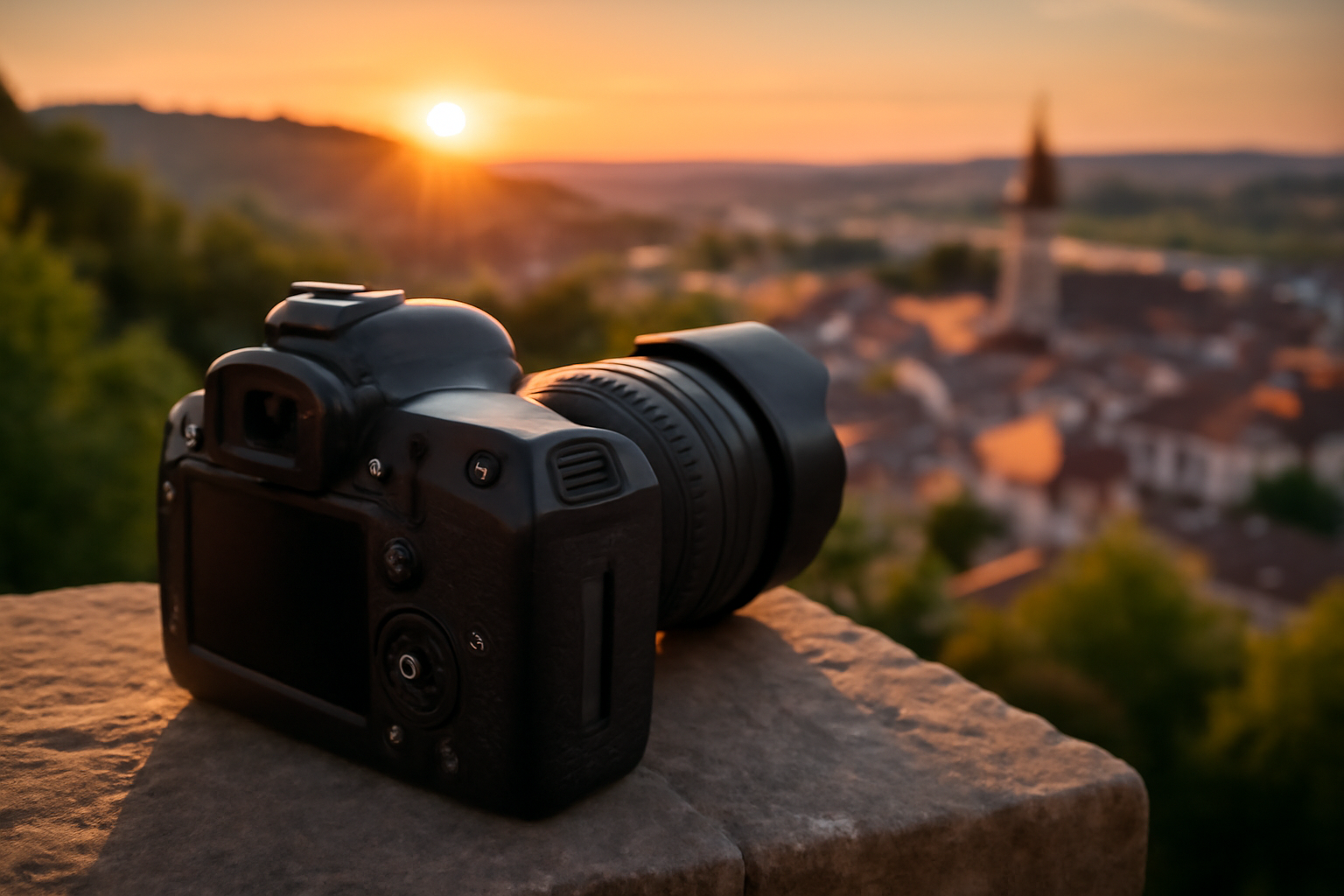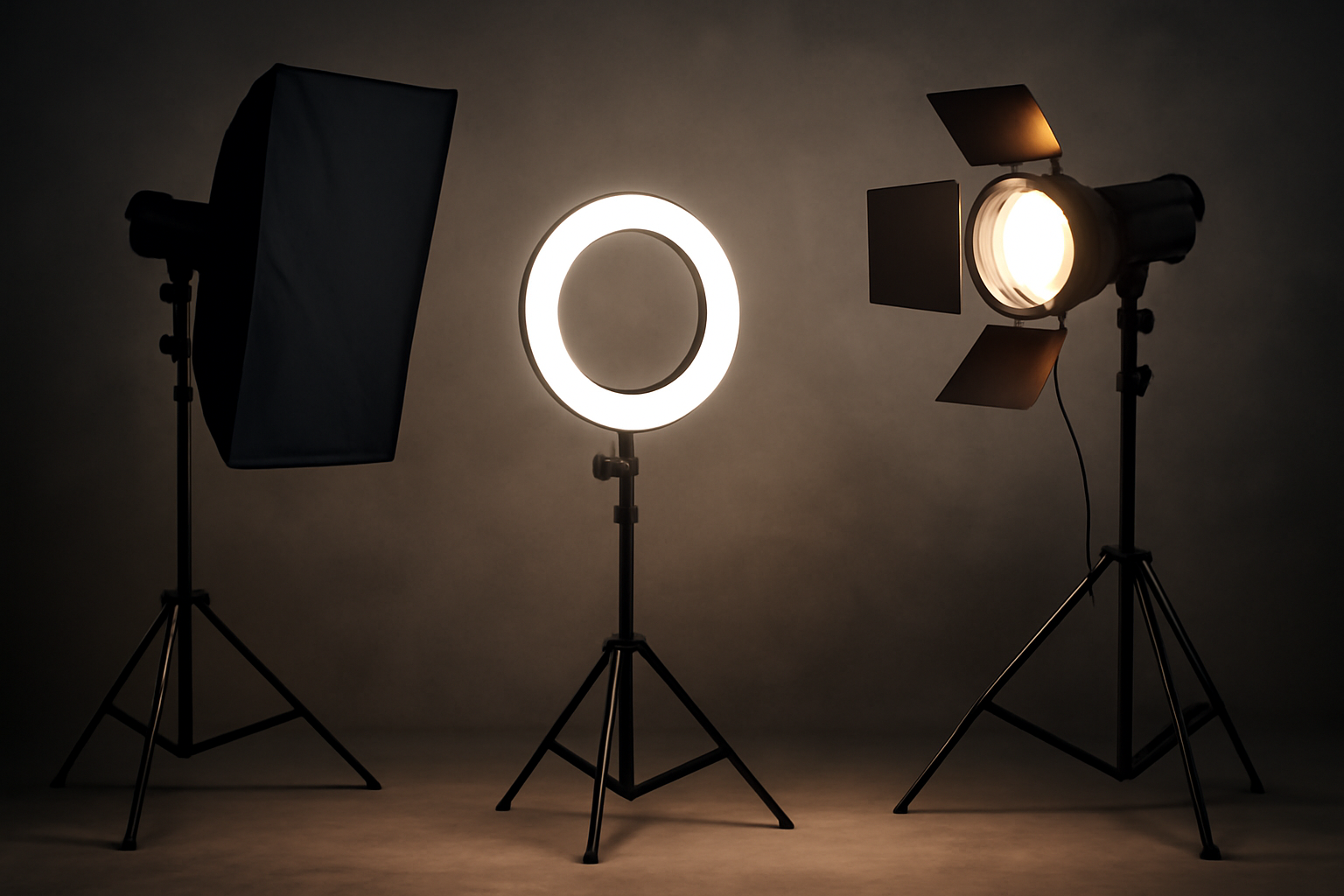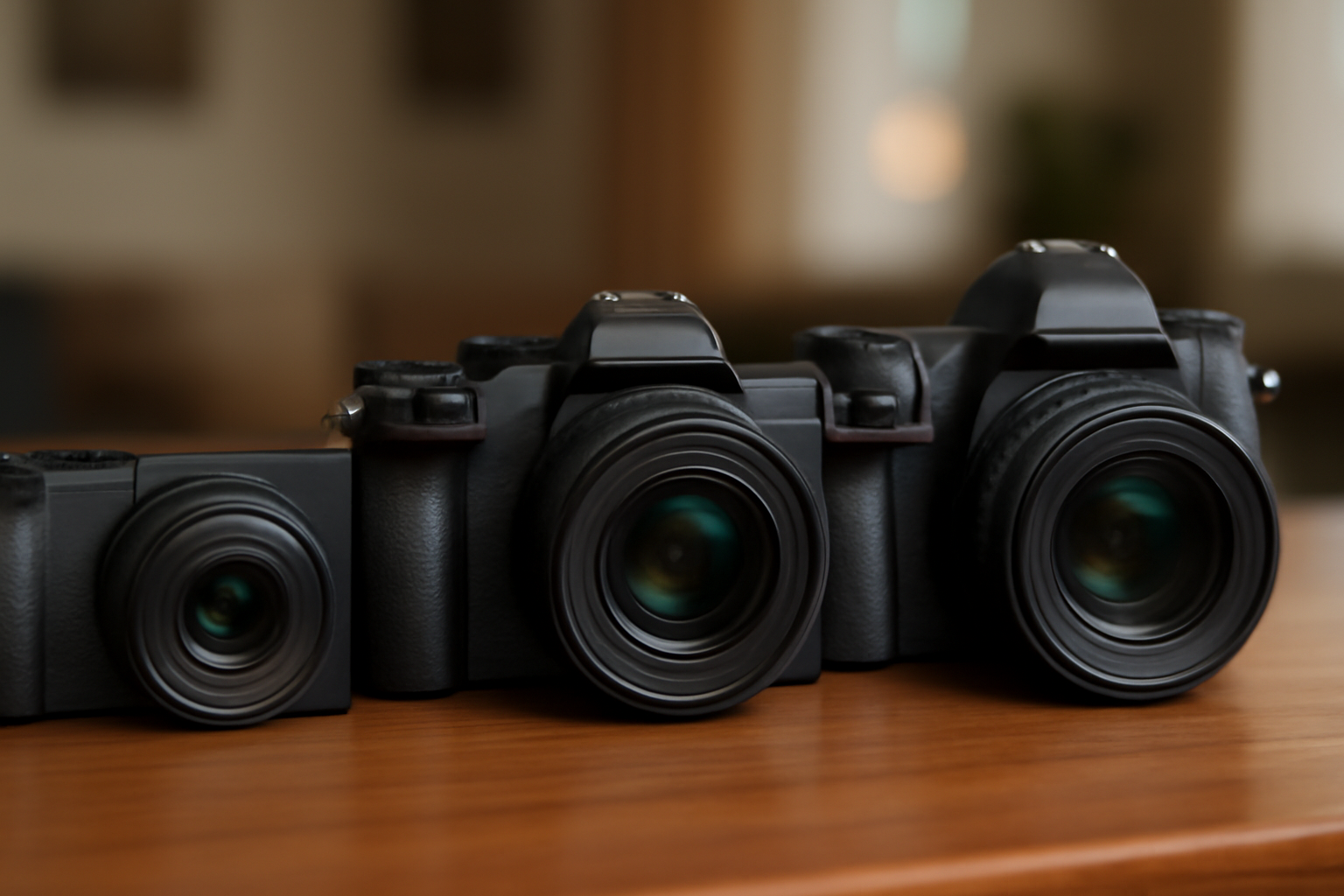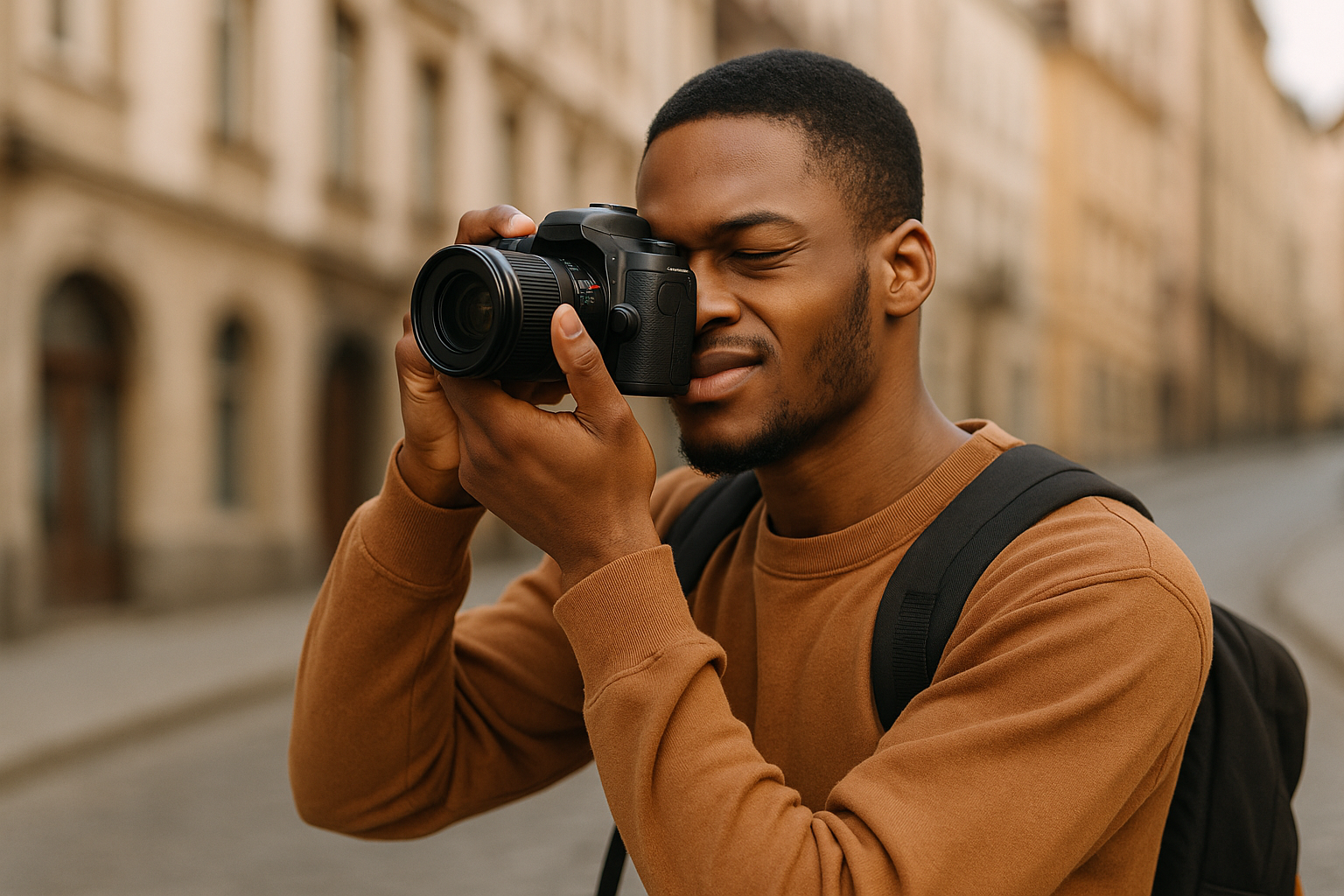Photography is more than just clicking a button. It’s an art, a skill, and for many, a lifelong passion. Whether you dream of becoming a professional photographer or simply want to take better pictures, starting your journey in photography from scratch can be both exciting and overwhelming. This guide is designed to simplify that path and provide you with actionable steps to become confident with a camera in your hands.
Understanding the Basics of Photography
Before diving into equipment and techniques, it’s crucial to grasp the foundational concepts of photography. These include:
The Exposure Triangle
This consists of ISO, aperture, and shutter speed. Understanding how these three elements interact helps you control how your images look.
- ISO: Controls the sensitivity of your camera’s sensor to light. A low ISO is great for daylight, while a higher ISO is useful in low-light conditions.
- Aperture: Controls the size of the lens opening. A wide aperture (small f-number) creates a blurry background; a narrow aperture (large f-number) keeps more of the scene in focus.
- Shutter Speed: Controls how long your camera’s shutter stays open. Fast speeds freeze motion; slow speeds can create motion blur.
Mastering the exposure triangle allows you to take full control of your camera and develop your style. Practice taking photos at different settings and reviewing how each change affects the result. Over time, you’ll begin to predict how each adjustment influences your image.
Composition Rules
Photography isn’t just technical; it’s also visual storytelling. Learn these basic composition techniques:
- Rule of Thirds: Divide your frame into a 3×3 grid and place your subject along the lines or at intersections.
- Leading Lines: Use natural lines (like roads or rivers) to lead the viewer’s eye to the subject.
- Framing: Use objects (like windows or branches) to frame your subject and add depth.
- Negative Space: Leave space around your subject to emphasize it.
- Symmetry and Patterns: Balance the elements in your photo or highlight repeating elements.
Composition brings balance, interest, and emotion to your photographs. Try experimenting with different techniques on the same subject to see how framing and positioning affect the mood. Understanding these principles can drastically elevate your photography, making it more professional and compelling.
Choosing Your First Camera
You don’t need a high-end DSLR to start. Many photographers begin with:
- Smartphone cameras: Modern phones have powerful cameras that are perfect for learning composition and lighting.
- Entry-level DSLRs or Mirrorless cameras: These offer manual settings and interchangeable lenses, giving you more control.
Popular beginner models include:
- Canon EOS Rebel series
- Nikon D3500
- Sony Alpha a6000 series
Focus on learning how to use what you have before upgrading. Your creativity matters more than your gear. Join online communities where other beginners share experiences and recommend cameras based on real-world performance.
Getting to Know Your Camera
Understanding your camera’s functions is key to unlocking its potential:
- Manual Mode (M): Gives you full control over settings.
- Aperture Priority (A or Av): You set the aperture, and the camera adjusts the rest.
- Shutter Priority (S or Tv): You control shutter speed; the camera handles the rest.
- Auto Mode: Useful at first, but limits your creative options.
Learn how to navigate your camera’s menu, read the histogram, and use live view mode to preview results. Practice adjusting settings manually while observing changes in real time. Spend time exploring all the buttons and menus; it may seem complex at first, but soon it becomes second nature.
Essential Gear for Beginners
Aside from the camera, a few pieces of equipment will help you get started:
- Tripod: Keeps your camera steady for sharp images.
- Memory Cards: Use high-speed cards with ample storage.
- Spare Batteries: Always have at least one backup.
- Cleaning Kit: Clean lenses and sensors for crisp images.
- Camera Bag: Protects and organizes your gear.
- External Flash: Improves lighting in low-light situations.
You don’t need to buy everything at once. Build your kit slowly based on your needs and interests. Visit local camera stores to test accessories before buying. As you progress, you’ll naturally learn which accessories are worth the investment for your shooting style.
Practicing Daily Builds Skills
The best way to learn photography is by doing. Make it a habit to shoot something every day. Practice helps you:
- Develop your eye for light and composition
- Understand your camera’s settings intuitively
- Experiment with different genres like portraits, landscapes, or macro
Even 15 minutes a day can make a big difference over time. Keep a photo journal or digital folder to track your growth. Don’t worry about making mistakes — each photo teaches you something new. Over time, your eye becomes sharper and your confidence grows.
Self-Assignments and Challenges
Give yourself specific tasks to focus your practice:
- Take 10 photos using only natural light
- Capture the same subject at different times of day
- Use only manual settings for a week
- Try a 365-day photo project
These challenges make learning engaging and structured. Share your results online for constructive feedback. The discipline of regular practice accelerates improvement and builds momentum.
Learning the Art of Editing
Editing enhances your photos and helps express your vision. Start with:
- Brightness/Contrast: Adjust exposure and shadows
- White Balance: Fix color casts from lighting
- Cropping: Improve composition and framing
- Sharpening: Enhance image details
Recommended tools:
- Lightroom (Desktop/Mobile): Powerful and beginner-friendly
- Snapseed: Great for mobile editing
- Photoshop: Best for advanced edits, though not essential at the beginning
Experiment with presets and filters, but learn how to edit manually for full control. Editing is not about fixing bad photos, but enhancing good ones. Use editing to refine your storytelling and emphasize the emotion or message you want to convey.
Building a Portfolio
As you improve, start selecting your best work and organizing it in a digital portfolio. Use free platforms like:
- Adobe Portfolio
- Wix
- Squarespace
- WordPress
Focus on one or two photography styles to start (like portraits or street photography), and show consistency in your images. Keep updating your portfolio as your style evolves. A strong portfolio not only tracks your progress but can also help you attract collaborations, clients, or followers.
Creating an Online Presence
Even as a beginner, having an online presence helps build confidence and attracts feedback.
- Instagram: Great for showcasing your progress
- 500px/Flickr: Communities of photographers with built-in exposure
- Personal Blog: Share your journey, tutorials, or behind-the-scenes insights
Interacting with others online will accelerate your learning and boost motivation. Use hashtags and engage with similar creators to grow your audience. Consistency in posting and engaging with followers also builds credibility in the photography community.
Studying Other Photographers
Find photographers you admire and analyze their work:
- What lighting do they use?
- How do they compose their images?
- What mood or story does each photo convey?
Don’t copy. Instead, learn and adapt techniques that resonate with your style.
Suggested Photographers to Follow
- Brandon Woelfel (creative portraits)
- Peter McKinnon (YouTube tutorials and cinematic style)
- Annie Leibovitz (iconic portraits)
- Sebastião Salgado (documentary photography)
Try recreating a photo you admire to understand the techniques behind it. Studying professionals sharpens your eye and inspires new approaches.
Joining Photography Communities
Being part of a community keeps you motivated and gives you a chance to grow through feedback and support.
Where to connect:
- Reddit (r/photography, r/photocritique)
- Facebook groups
- Meetup.com for local photo walks
- Online forums like DPReview
Ask questions, share your progress, and participate in group challenges. Community feedback helps you see your work from different perspectives and encourages continuous improvement.
Exploring Photography Genres
Beginner photographers often experiment with different genres to discover what excites them the most. Some popular types include:
- Portrait Photography: Capturing people and their expressions.
- Street Photography: Documenting daily life and candid moments.
- Landscape Photography: Emphasizing nature, scenery, and wide views.
- Product Photography: Focused on commercial shoots for brands or businesses.
- Event Photography: Covering weddings, parties, or corporate events.
- Macro Photography: Capturing tiny subjects with incredible detail.
Try different styles and pay attention to what you enjoy most. Each genre teaches new skills and opens new opportunities.
Setting Photography Goals
Setting goals helps track your progress and stay motivated. Examples include:
- Learn to shoot in manual mode within 30 days
- Complete a photo-a-day challenge for one month
- Build a 10-photo portfolio in your favorite style
- Submit your photos to an online contest or magazine
Writing down and reviewing your goals regularly will push your growth. Clear goals give you direction and make your learning more purposeful.
Turning Photography Into a Career (Optional)
If photography becomes more than a hobby, consider monetizing your skills:
- Offer freelance portrait sessions
- Sell prints through online platforms like Etsy or SmugMug
- License images as stock photography
- Collaborate with local businesses for product or event photography
Build a basic pricing structure and start small. Deliver quality work, and let your portfolio speak for itself. Over time, word-of-mouth and client referrals can grow your business.
Final Thoughts: Photography is a Journey, Not a Destination
Starting in photography from scratch can seem intimidating, but it’s also incredibly rewarding. With the right mindset, tools, and consistent practice, you’ll transform your curiosity into genuine skill.
Every great photographer started where you are right now—with a camera in hand and a desire to capture the world. Embrace the process, enjoy your progress, and remember: the best camera is the one you have with you.
